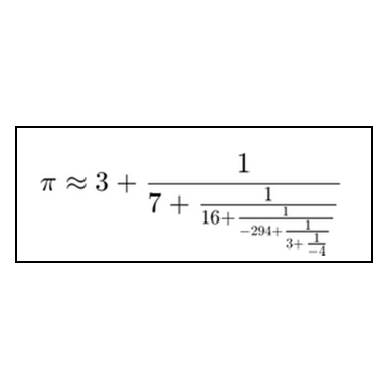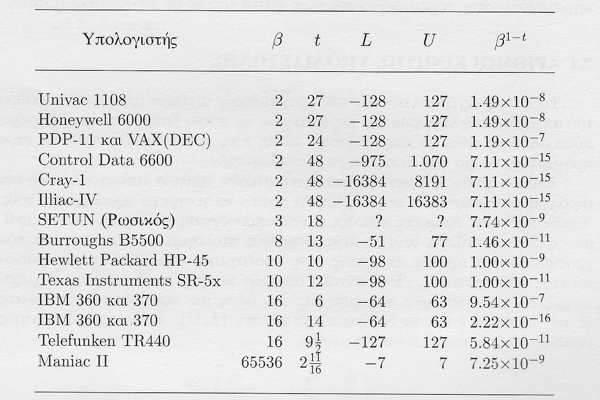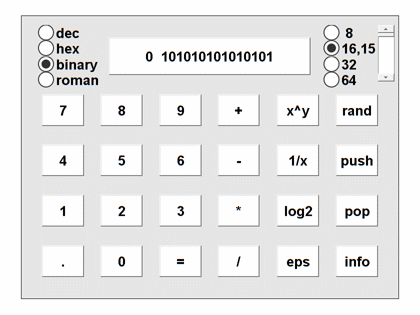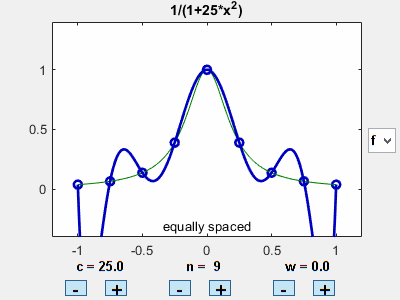
On May 29-30, I plan to attend a conference, organized by Nick Higham, at the University of Manchester. The title of the conference is... 更多内容 >>

On May 29-30, I plan to attend a conference, organized by Nick Higham, at the University of Manchester. The title of the conference is... 更多内容 >>

Let me tell you about MATLAB's controversial function rat.... 更多内容 >>

This post is by my colleague Cosmin Ionita.... 更多内容 >>

For the past month I have been working with the variable format 16-bit floating point arithmetic that I described in this post. It has been frustrating work. I have found that the limited precision and limited range of half precision make it barely usable for the kind of experiments with matrix computation that I like to do. In this post I will describe a few of these experiments.... 更多内容 >>

In a comment following my post about half-precision arithmetic, "Raj C" asked how the parameters for IEEE Standard 754 floating point arithmetic were chosen. I replied that I didn't know but would try to find out. I called emeritus U. C. Berkeley Professor W. (Velvel) Kahan, who was the principle architect of 754. Here is what I learned.... 更多内容 >>

A year and a half ago I wrote a post about "half precision" 16-bit floating point arithmetic, Moler on fp16. I followed this with a bug fix, bug in fp16. Both posts were about fp16, defined in IEEE standard 754. This is only one of 15 possible 16-bit formats. In this post I am going to consider all 15.... 更多内容 >>

As the degree of an interpolating polynomial increases, does the polynomial converge to the underlying function? The short answer is maybe. I want to describe a visual tool to help you investigate this question yourself.... 更多内容 >>

I probably first saw this matrix in 1960 in John Todd's class at Caltech. But I forgot about it until Tahar Loulou jogged my memory with a comment following my blog post in late May. It deserves a place in our gallery of interesting matrices.... 更多内容 >>

Camille Jordan (1838-1922)... 更多内容 >>
